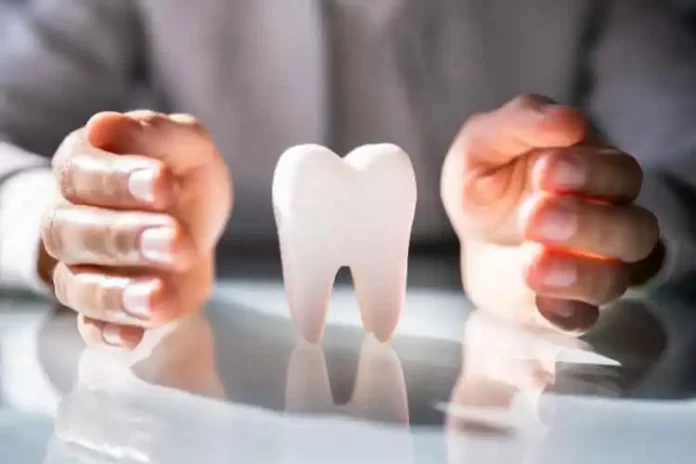Do you remember losing your first tooth? For most of us, this is a significant and exciting milestone in our childhood. As we grow older, losing teeth becomes a more common occurrence and often happens without much thought or fanfare. But have you ever stopped to think about what happens when you lose a tooth?
Anatomy of a Tooth
To understand the process of losing a tooth, it’s important to first understand the anatomy of a tooth. Each tooth is made up of three layers: the enamel, dentin, and pulp. The enamel is the hard outer layer that protects the tooth from damage and decay. Underneath the enamel is the dentin, which is a softer layer that supports the enamel and gives the tooth its shape. Finally, at the center of the tooth is the pulp, which contains nerves, blood vessels, and connective tissue.
The Process of Losing a Tooth
When a tooth becomes loose and eventually falls out, it’s because of changes happening in the supporting structures. As we age, our bodies naturally reabsorb these structures, causing teeth to become less stable. This process is known as resorption. Additionally, if a tooth is damaged or infected, it may also loosen and fall out as a result of the body’s defense mechanisms trying to rid itself of the problem.
What Happens After a Tooth Falls Out
So what happens after you lose a tooth? First, the area where the tooth was will likely bleed due to tiny blood vessels rupturing when the tooth falls out. This should stop relatively quickly, and a blood clot will form in the socket to protect the exposed nerves. Over time, this blood clot will be replaced by granulation tissue, which contains young cells that help heal the area.
The Role of Primary Teeth
Did you know that losing baby teeth (also known as primary teeth) is an essential part of a child’s dental development? Not only do they make room for permanent teeth to grow, but the process also helps develop proper speech patterns and chewing abilities. And don’t worry if your child loses their first tooth earlier or later than their peers – every child’s timeline is different.
Taking Care of Your Teeth
Losing a tooth may seem like a natural part of the aging process, but it’s essential to take care of your teeth throughout your life. Good oral hygiene practices, such as regular brushing and flossing, can help prevent tooth decay and other issues that may lead to tooth loss.
In cases where a tooth does need to be extracted or falls out due to an injury or infection, dental implants have become a popular option for replacing missing teeth. In North York, you can find a skilled and experienced dental implant specialist who can help restore your smile and improve your oral health.
The Role of a Dentist
Whether you’re losing a tooth as a child or an adult, it’s always important to seek the advice and guidance of a trusted dentist. They can help monitor your oral health and address any potential issues before they become more severe. Regular check-ups and cleanings are crucial for maintaining healthy teeth and preventing tooth loss.
So the next time you lose a tooth, take a moment to appreciate the amazing process that allows for new teeth to grow and remind yourself of the importance of taking care of your oral health. After all, as the saying goes, “You don’t know what you’ve got until it’s gone.” Just remember, even if you lose a tooth, you can always trust your dentist to help keep your smile shining bright.
Do you have any interesting stories about losing a tooth? Share them with us in the comments below!
